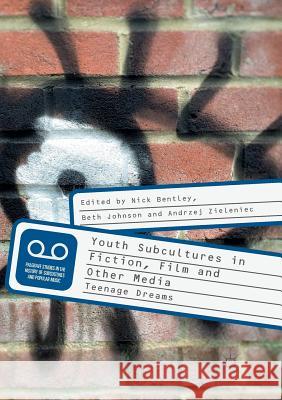Youth Subcultures in Fiction, Film and Other Media: Teenage Dreams » książka
topmenu
Youth Subcultures in Fiction, Film and Other Media: Teenage Dreams
ISBN-13: 9783030103309 / Angielski / Miękka / 2019 / 263 str.
Kategorie BISAC:
Wydawca:
Palgrave MacMillan
Seria wydawnicza:
Język:
Angielski
ISBN-13:
9783030103309
Rok wydania:
2019
Wydanie:
Softcover Repri
Ilość stron:
263
Waga:
0.35 kg
Wymiary:
21.01 x 14.81 x 1.55
Oprawa:
Miękka
Wolumenów:
01
Dodatkowe informacje:
Wydanie ilustrowane











